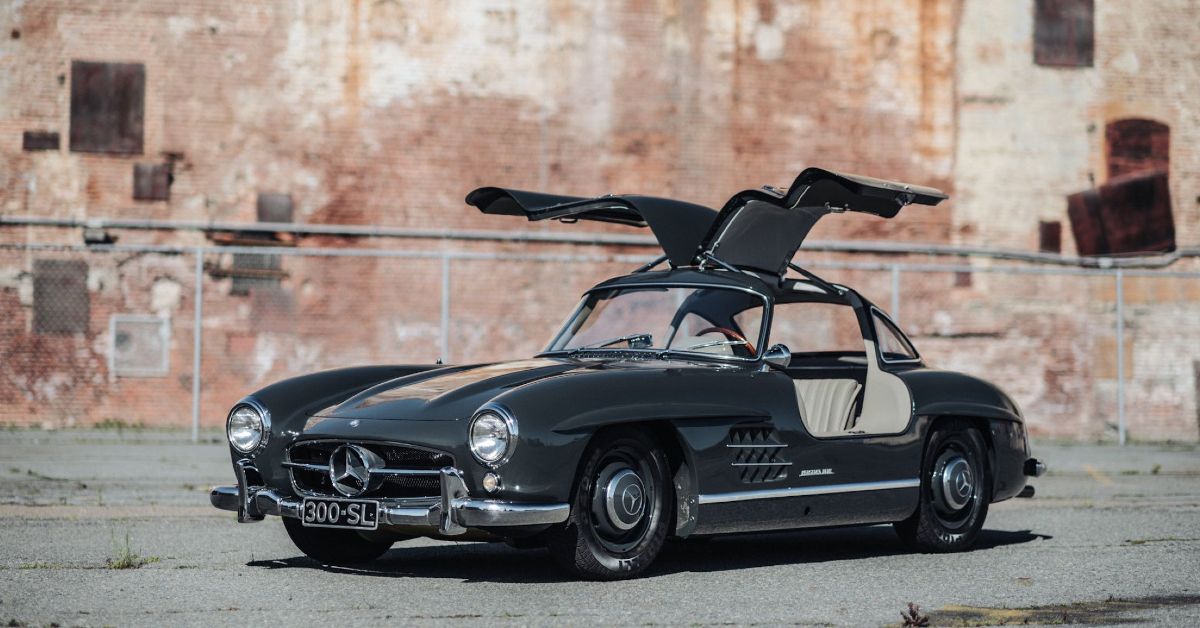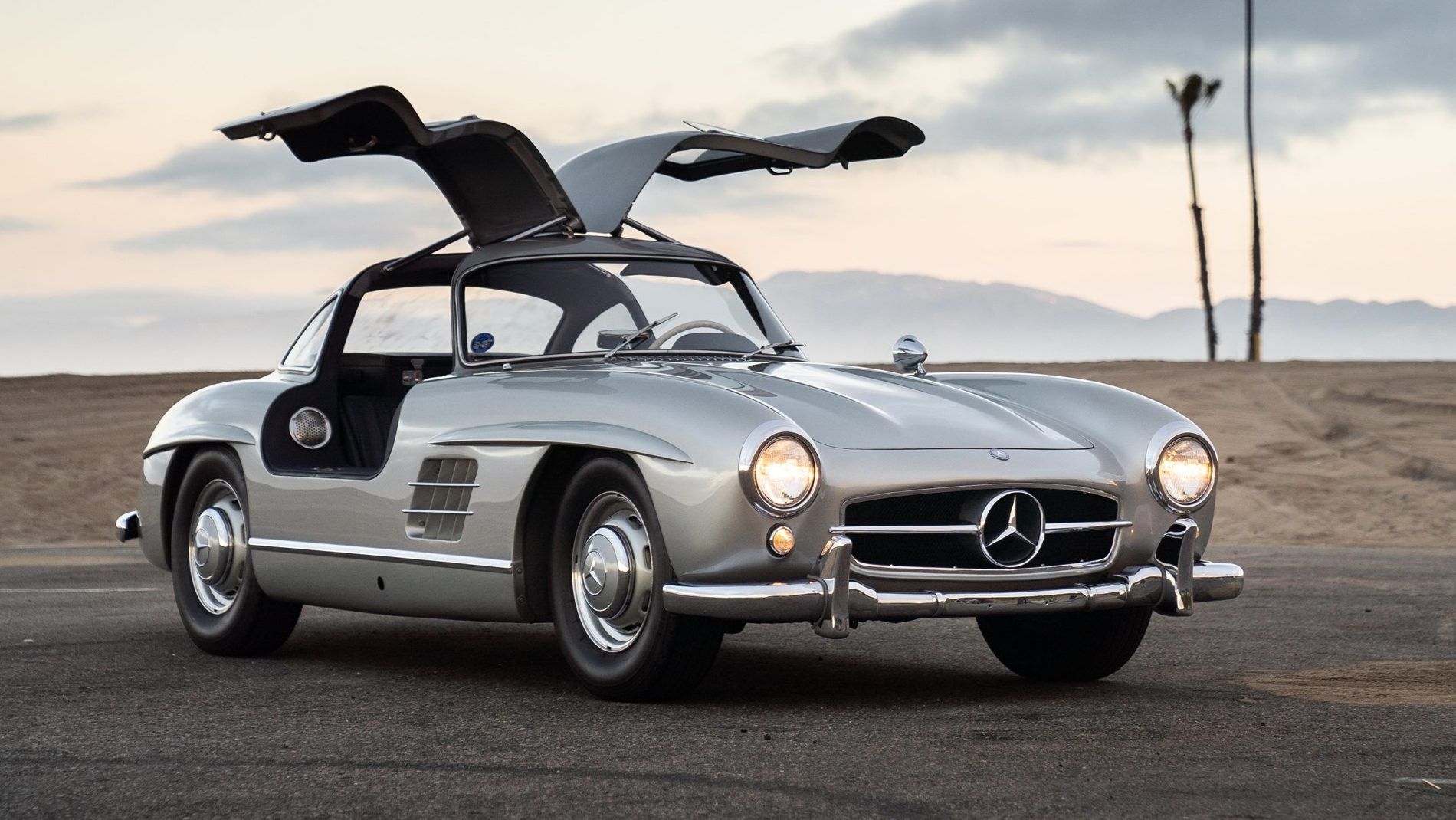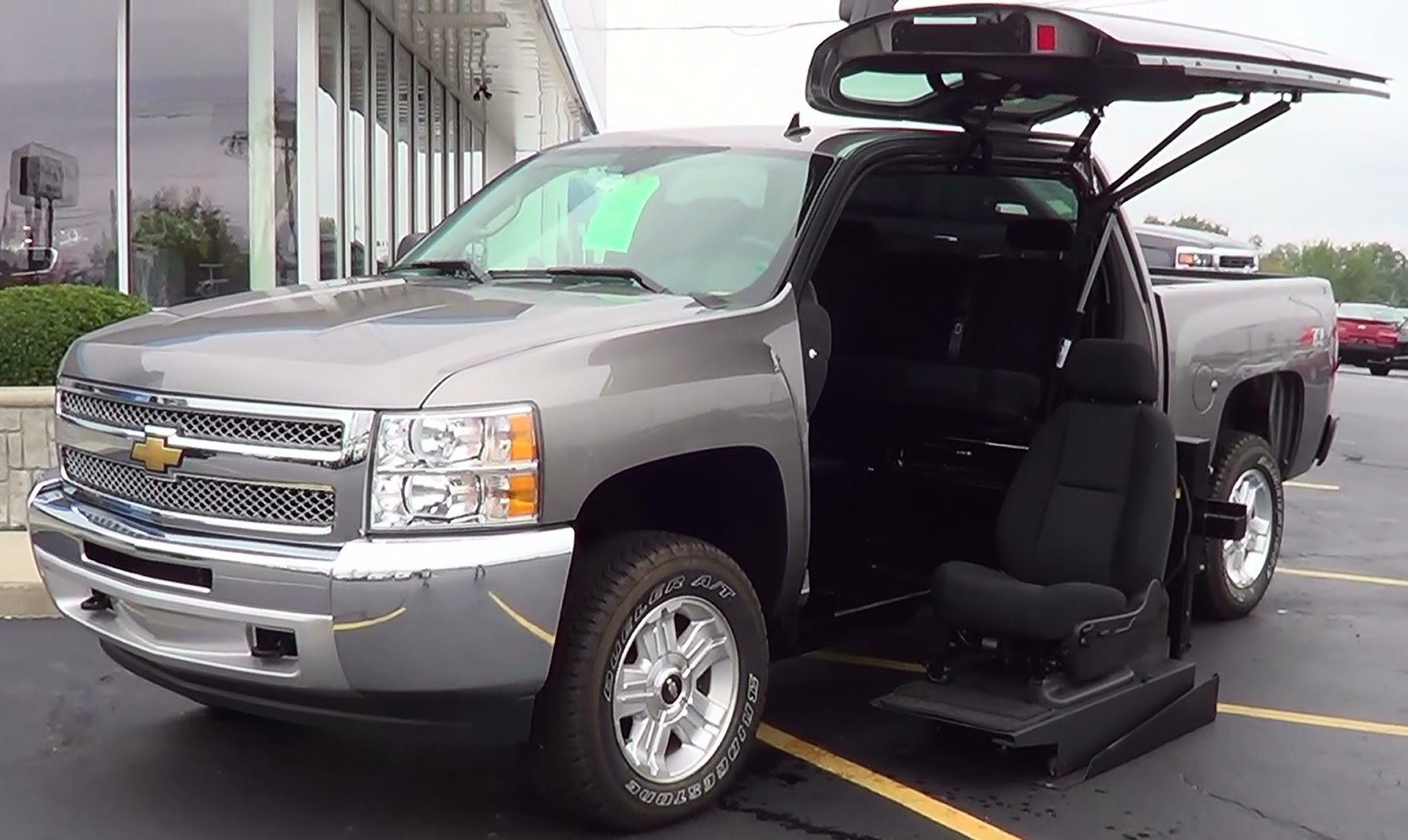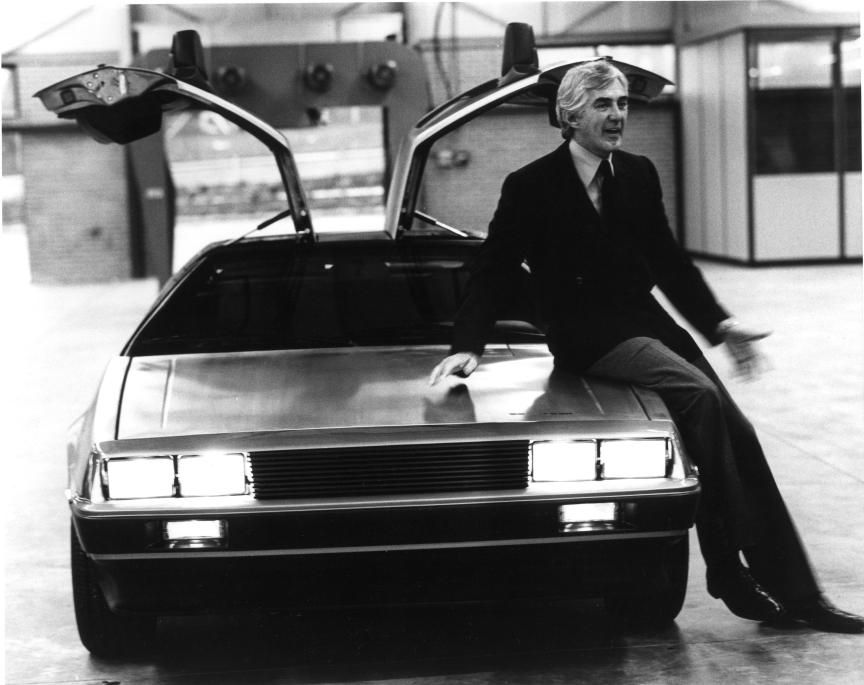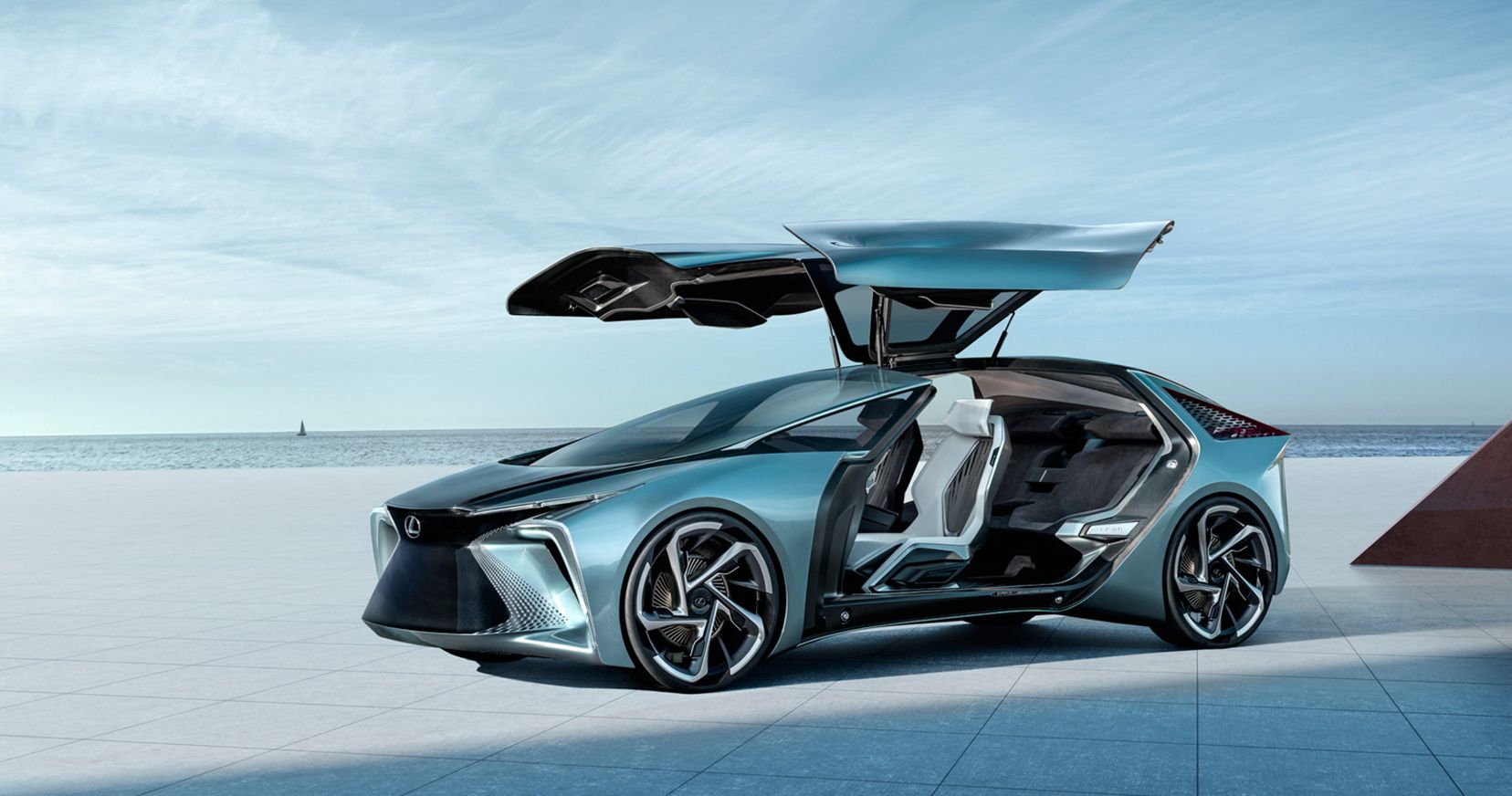Sure, Gull-wing doors can look immensely cool. From the legendary Mercedes 300 SL to the DeLorean, it's quite a sight to behold when done right. But why don't we see them more often? Yes, they still appear on some supercars, but certainly not all, despite the obvious aesthetic advantages.
There are a number of reasons as to why they aren't more ubiquitous in the automotive world. Practicality, safety, cost, and convenience all play a role in this. It's an interesting tale, as surely when the 300 SL was first unveiled in 1957, many must have looked upon Mercedes as if they had just discovered fire.
And yet, half a decade later, gull-wing doors haven't quite taken off as planned - supercars aside, of course. Here's why.
Restricted Emergency Access
Throughout history, we have seen countless examples of car design where safety wasn't exactly paramount. However, as the decades have progressed, more emphasis is being placed upon safety than ever before, to make cars as low risk as is feasibly possible. In the 50s, the Mercedes 300 SL's Gull-Wing doors weren't being forensically assessed or crash tested. On the contrary, the only concern was the aesthetic, which looked spectacular - as it did for many different cars from that era, where the design was paramount.
Today meanwhile, we know all too well the risks posed by gull-wing doors such as the ones seen on the 300 SL. In the event of the car rolling over into its side, or worse, onto its roof, there is the possibility that the driver will be stuck in the cabin. Its a design flaw that has caused many luxury supercar makers to rethink the door design, and come up with ever more creative solutions in the process - like the Koenigsegg Agera RS1.
They Can Be Very Inconvenient
While regular doors can at times be cumbersome, there are some occasions where they're a damn sight more convenient than their gull-wing counterparts. Some, when opened, go far too high in the air, forcing the owner to reach up and pull it back down again. If it's a fast getaway you're after, gull-wings aren't necessarily the answer.
Furthermore, many doors can be very heavy to shift, making the task of closing them even harder - unless they're electronically maneuvered. In terms of convenience, another potential issue with the nature of gull-wings is what they do to the structural integrity of the car roof. In some cases, the fact that the roof essentially becomes part of the door can lead to substantial leaking in the event of rain.
Gained A Reputation For Being Too Flashy
The danger with any great technological innovation is that unless it takes off immediately, in time it can start to look like something of a novelty. The practical utility of a gull-wing door, as we have already demonstrated, is limited, to say the least. So, if a manufacturer does still intend to use them, you can bet its not just because they think it will make the car entry easier. John DeLorean found this out the hard way, as his ground-breaking debut car was roundly mocked for its style over substance design flaws.
It looks spectacular, even 40 or so years later, but, with limited practical advantages, you do have to ask whether its really needed, particularly given the extra expenditure required to make doors of such nature. The DeLorean appeared in Back To The Future for a very simple, albeit significant reason - it was the vision of the future that we all wanted to see in cars. This included the gull-wings, but decades later, the practical reality of living with such doors significantly outweighs any street cred earned by owning a car with such an extravagant feature.
More Roof Problems
Returning to the issue of a compromised roof, we see that the gull-wing's woes don't simply end at water leakage. Instead, the significant weight of the doors and the reduced amount of solid roof remaining can markedly harm safety. The shell of any car needs to be firm enough to sustain stringent safety tests, but for some gull-wing designs, the prospect of a structural failure or collapse was all too real.
The DeLorean suffered from similar roof related issues. In their case, the roof was interacting badly with the car, necessitating the need for a torsion bar to create a great deal of tension within the cabin. The problem with this was that it reduced the already limited amount of cabin space that a driver had. Creative solutions can certainly be found to combat such problems, but for the average manufacturer, concerned more with safety and reliability than optics, the gull-wings remain a costly headache that they can happily do without. You can read all about some of the issues John DeLorean faced when trying to launch his infamous self-titled vehicle here.
Sources: Motorbiscuit.com, dmoco.com, shifting-gears.com, carandriver.com.

